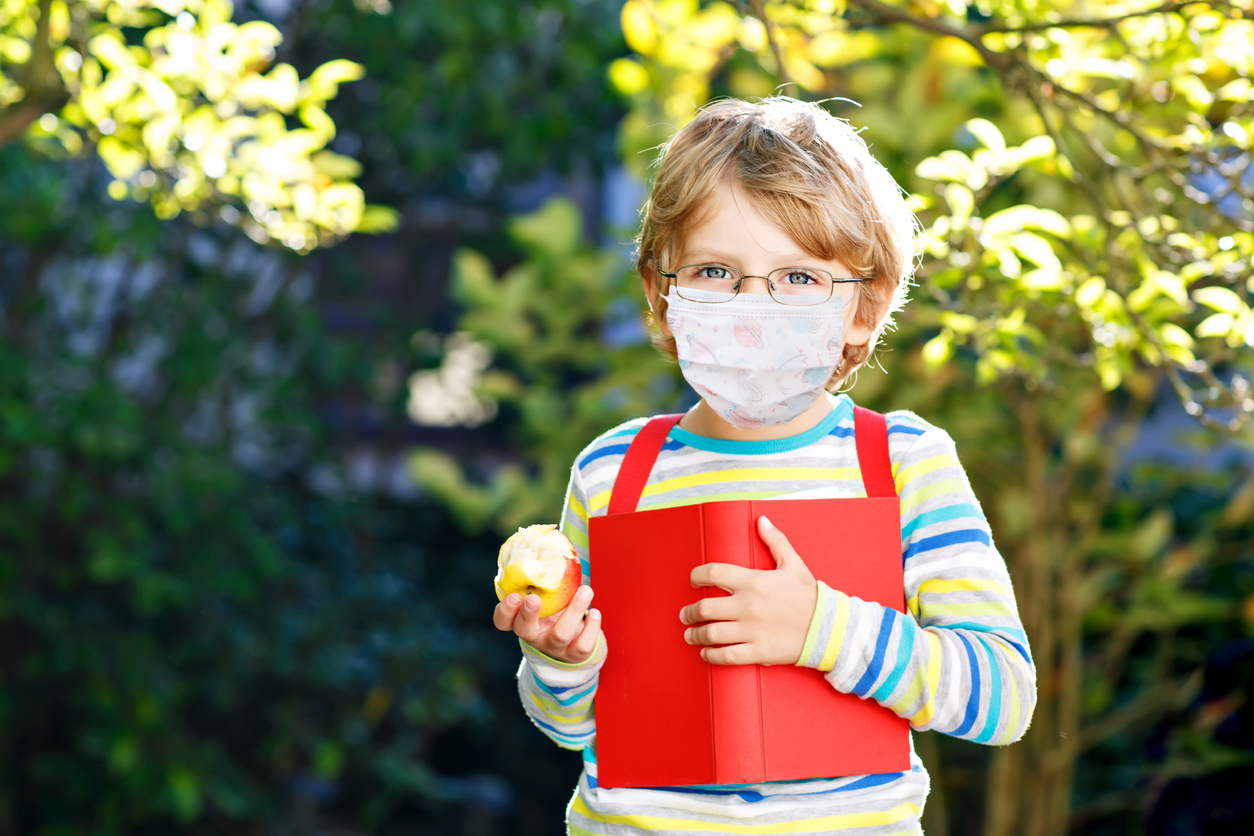
New updated guidelines include sanitation, disinfection, screening, masks, isolation, quarantine and reporting of positive cases.
The Centers for Disease Control and Prevention (CDC) has updated its guidance specific to Early Childhood Education programs, and to help Nevada’s child care providers reduce the risk of spreading COVID-19 in their facilities state officials have updated a document integrating those guidelines with Nevada regulations.
This document shows providers how CDC recommendations pair with state-level requirements. The primary change has been the much-awaited update to the recommended isolation period for staff and children who test positive for COVID-19 and to the quarantine period for staff and children who have been exposed to COVID-19.
- Staff and children who have presumed or confirmed COVID-19 should stay home and isolate for at least five full days and stay away from other people as much as possible.
- People without symptoms can end isolation after five full days and return to the Early Childhood Education (ECE) program if they are older than age two and able to consistently and correctly wear a mask while in the ECE program.
- People who once had symptoms can end isolation after five full days and return to the ECE program if they are fever-free for 24 hours without the use of fever-reducing medication and if symptoms have improved.
- For children and staff who are unable to consistently wear a mask when around others (including all children under two years of age) the safest option is to continue to isolate for a full 10 days.
Facilities also are encouraged to utilize the Operating Checklist while continuing to operate during this time of important vigilance. Child care facilities should use the Operating Checklist to help prepare for inspections, as surveyors will be completing this checklist as part of each on-site inspection. Providers can choose to be more restrictive than the CDC recommendations and this state guidance based upon individual comfort and need, but may not be less restrictive and must adhere to these guidelines at a minimum. It can be extremely difficult to enforce consistent and proper mask use and distancing in young children, and lunch periods and naps pose an additional unique challenge. These factors, along with the impact of education loss on children and the needs of families, should be taken into consideration when determining the appropriate isolation periods for those with a confirmed exposure to COVID-19. Although state Child Care Licensing recognizes that it causes a hardship for parents and providers to exclude children for a full 10 days, allowing children to return after a five-day isolation period without adhering to stringent mask requirements puts providers at risk of repeat exposures and closures.
Facility directors are to report to Child Care Licensing as soon as possible any reportable communicable disease, including COVID-19, found to be present in the child care facility. The link to report to Child Care Licensing and submit online can be found here. The Office of Public Health Investigations and Epidemiology (OPHIE) and the local health authority must also be notified. Directors are to adhere to OPHIE guidance.
For more information, guidance and resources about Nevada’s response to COVID-19, visit https://nvhealthresponse.nv.gov/